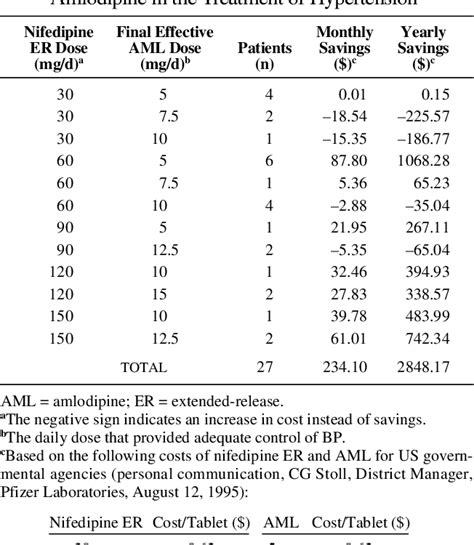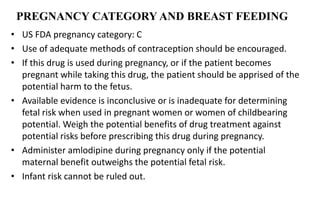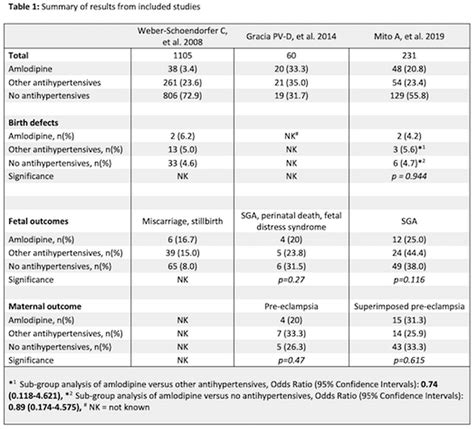Intro
Discover the uses and benefits of Amlodipine, a calcium channel blocker, for hypertension, angina, and coronary artery disease management, offering cardiovascular protection and improved heart health.
Amlodipine is a medication that has been widely used for decades to treat various cardiovascular conditions. It belongs to a class of drugs known as calcium channel blockers, which work by relaxing blood vessels and increasing blood flow to the heart. This makes it an essential medication for people suffering from high blood pressure, angina, and other heart-related conditions. In this article, we will delve into the uses and benefits of amlodipine, exploring its mechanisms, advantages, and potential side effects.
The importance of amlodipine lies in its ability to improve blood flow and reduce blood pressure, which can significantly reduce the risk of heart attacks, strokes, and other cardiovascular diseases. By understanding how amlodipine works and its various uses, patients can better appreciate the benefits of this medication and take steps to manage their condition effectively. Moreover, with the rising prevalence of cardiovascular diseases worldwide, it is crucial to explore the role of amlodipine in preventing and treating these conditions.
Amlodipine has been extensively studied, and its benefits have been well-documented in various clinical trials. These studies have shown that amlodipine can not only lower blood pressure but also reduce the risk of cardiovascular events, such as heart attacks and strokes. Additionally, amlodipine has been found to be effective in treating angina, a condition characterized by chest pain or discomfort due to reduced blood flow to the heart. By examining the uses and benefits of amlodipine, we can gain a deeper understanding of its role in managing cardiovascular health.
Amlodipine Mechanism of Action

Benefits of Amlodipine
The benefits of amlodipine are numerous and well-documented. Some of the most significant advantages of this medication include: * Reduced blood pressure: Amlodipine has been shown to be effective in lowering blood pressure, which can significantly reduce the risk of heart attacks, strokes, and other cardiovascular diseases. * Improved blood flow: By relaxing and dilating blood vessels, amlodipine can improve blood flow to the heart, reducing the risk of angina and other cardiovascular conditions. * Reduced risk of cardiovascular events: Amlodipine has been found to reduce the risk of cardiovascular events, such as heart attacks and strokes, in patients with high blood pressure or other cardiovascular conditions. * Effective treatment for angina: Amlodipine has been shown to be effective in treating angina, a condition characterized by chest pain or discomfort due to reduced blood flow to the heart.Amlodipine Uses

Amlodipine Side Effects
While amlodipine is generally well-tolerated, it can cause some side effects, including: * Dizziness or lightheadedness * Headache * Fatigue * Nausea or vomiting * Edema (swelling of the feet, ankles, or hands) * Abnormal heart rhythmsAmlodipine Dosage

Amlodipine Interactions
Amlodipine can interact with other medications, including: * Other blood pressure medications * Cholesterol-lowering medications * Anti-arrhythmic medications * Antihistamines * DecongestantsAmlodipine Warnings and Precautions

Amlodipine Overdose
If an overdose of amlodipine occurs, patients may experience: * Severe hypotension (low blood pressure) * Abnormal heart rhythms * Respiratory depression * ComaAmlodipine and Pregnancy

Amlodipine and Breastfeeding
Amlodipine is excreted in breast milk, and patients who are breastfeeding should consult their doctor before taking this medication.Amlodipine Alternatives

Amlodipine and Lifestyle Changes
In addition to taking amlodipine, patients can make lifestyle changes to help manage their condition, including: * Eating a healthy diet * Exercising regularly * Quitting smoking * Reducing stress * Getting enough sleepAs we conclude our discussion on the uses and benefits of amlodipine, it is essential to remember that this medication is just one part of a comprehensive treatment plan for managing cardiovascular health. By combining amlodipine with lifestyle changes and other medications, patients can reduce their risk of cardiovascular events and improve their overall health. We invite readers to share their experiences with amlodipine, ask questions, or provide feedback on this article. Your engagement is valuable to us, and we look forward to hearing from you.
What is the primary use of amlodipine?
+Amlodipine is primarily used to treat high blood pressure and angina, as well as to reduce the risk of cardiovascular events.
What are the common side effects of amlodipine?
+Common side effects of amlodipine include dizziness or lightheadedness, headache, fatigue, nausea or vomiting, and edema (swelling of the feet, ankles, or hands).
Can amlodipine be used during pregnancy?
+Amlodipine should be used with caution during pregnancy, as it may cause fetal harm. Patients who are pregnant or planning to become pregnant should consult their doctor before taking amlodipine.
